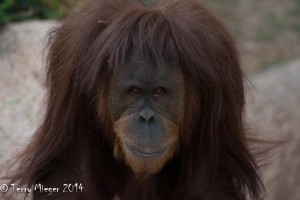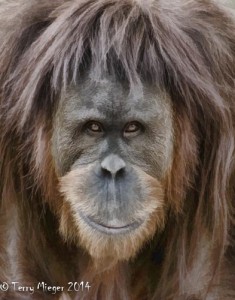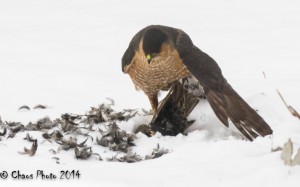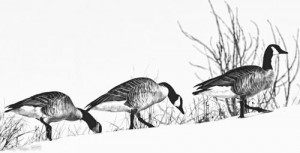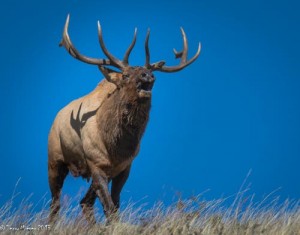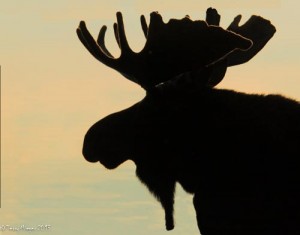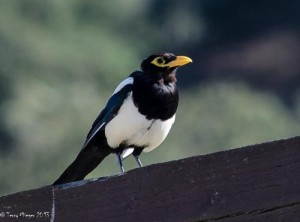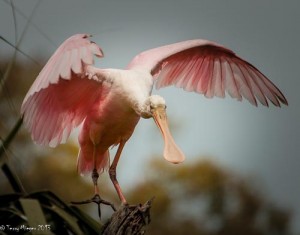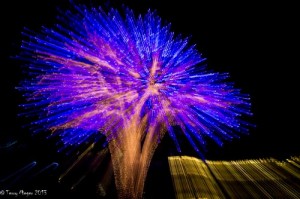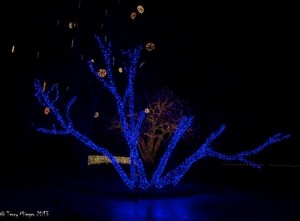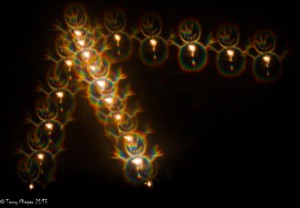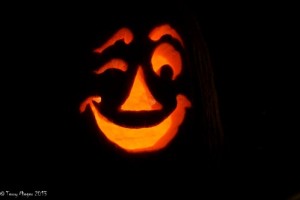Images from the Id – Of Monkeys , Apes and Men
There are many types of monkeys. Some are important some are not. Some are big others are small. Some are psychological some are zoological (please pronounce that correctly with a “long o“ and not like in “you”, although both are becoming but being a “Zoo – long-o-logy” major I was chewed out once for that. The place “Zoo” is different.) The physiological ones have again taken their toll. It is always sad when the monkey of drug abuse takes another person who is significant to our world. The creative artist is always under the pressure of his/her calling. Because their talent requires so much of them and their soul it seems they have a greater tendency to have the addiction, or is it just because they are more visible to the public and our attention is centered on them. It is with great sadness when we lose another of these artists who’s work we have much enjoyed and honored.
In biology there is something called Evolution. Some people think it should be debated and compared to the “Biblical” origins of species (different forms of life). The debate is totally unintelligent and valueless. First, which creation story of the Bible do you argue? There are at least two and they are different. Second, like any well proven and demonstrated theory of science, Evolution has always changed to take in account any new discoveries that have been made. Enough said for their source. It is of interest that the theory of Darwin is not the same as the modern concept. In fact, giving Darwin the credit is totally wrong. Even in Darwin’s time, Alfred Russell Wallace working half way around the world simultaneously and independently came up with a theory almost identical to Darwin’s. Even they weren’t the first. The Creationists disregard the work of Thomas Malthus’ on population sizes, reproductive rates and predation and Charles Lylle’s works on Geology time. Comparing the creation myths of various cultures you find no such agreement or common sources.
A while back Bill Nye, the Science Guy, met Ken Ham the founder of the Creation Museum in Petersburg, Kentucky to debate, in front of a sold-out audience, concerning whether or not the Earth is 6,000 or so years old. You’re kidding me! It would be more significant to debate whether toads cause warts. With toads there “might be” at least some substantiation for both sides. A debate of Evolution only tends to legitimatize a totally unsupportable position. It has always seemed strange to me how people can firmly believe that a television actually produces a picture and sound when the theories and science behind that has less proof than evolution.
This image was taken at the Albuquerque New Mexico Zoo the original Metadata 1/2000 sec, ISO 1600, f 5.6, Aperture priority 400/600mm. I probably should have decreased the shutter speed to 1/500 and the ISO to 400 but I was concerned with handholding that lens and it wasn’t a bright day.
The Print was processed in Adobe Lightroom 5.3 using Topaz plugins, Topaz PhotofxLab allows layering and doing a Pastel layer using Simplify Plugin and giving it a 36% opacity and a normal bend mode. The eyes were masked from the pastel layer to bring back their sharpness and exposure. The from Lightroom a 11X14 print was made. It won a second place in its first competition.


